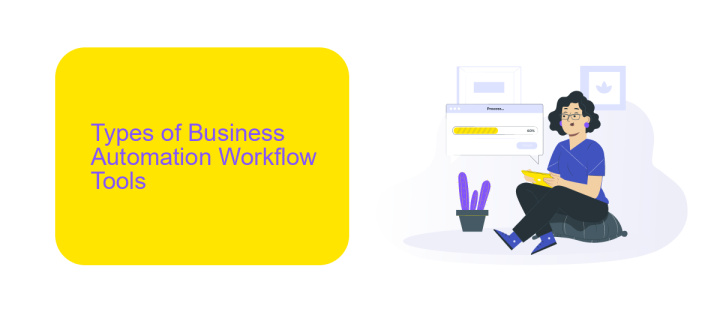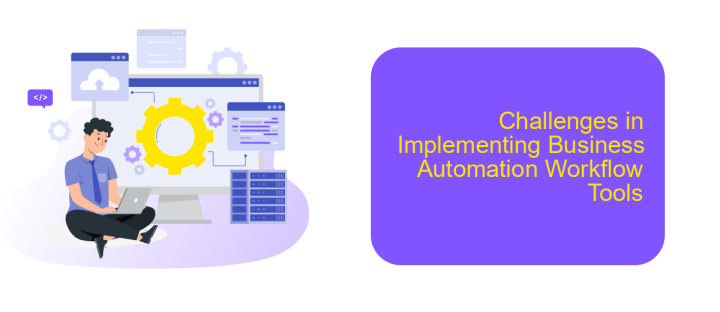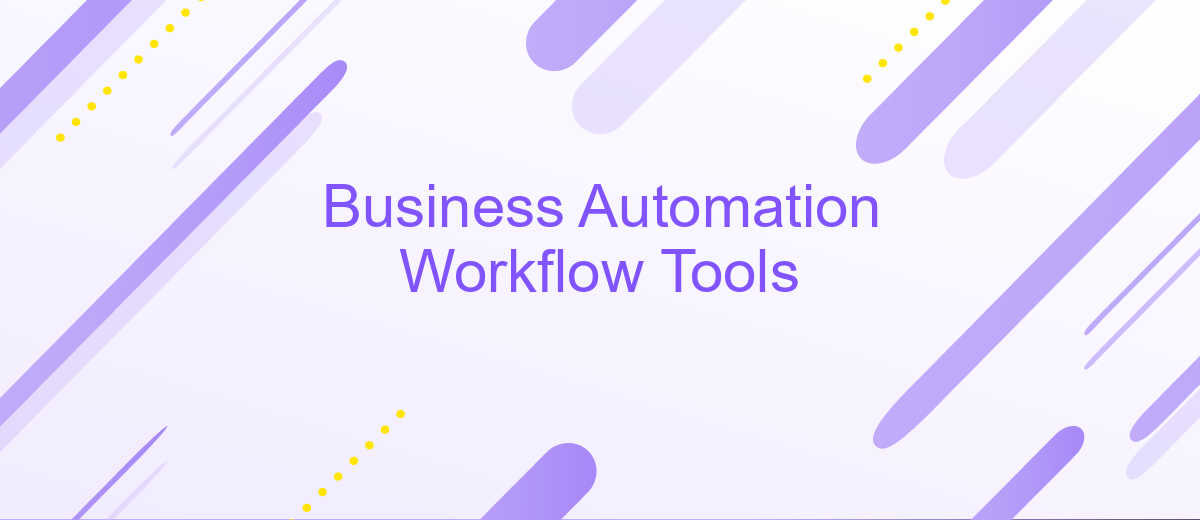Business Automation Workflow Tools
In today's fast-paced business environment, efficiency and productivity are paramount. Business Automation Workflow (BAW) tools play a crucial role in streamlining operations, reducing manual tasks, and enhancing overall performance. These tools integrate various processes, enabling seamless collaboration and ensuring that business objectives are met with precision and speed. Discover how BAW tools can transform your organization and drive success.
Introduction to Business Automation Workflow Tools
Business Automation Workflow Tools are essential for modern enterprises seeking to streamline their operations and enhance productivity. These tools automate repetitive tasks, enabling employees to focus on more strategic activities. By integrating various business processes, they help in reducing errors and improving efficiency.
- Task Automation: Automates routine tasks to save time and reduce human error.
- Process Integration: Seamlessly integrates different business processes for smoother operations.
- Enhanced Collaboration: Facilitates better communication and collaboration among team members.
- Real-time Monitoring: Provides real-time insights into workflow performance.
- Scalability: Easily scales to accommodate business growth.
One notable service for setting up integrations is ApiX-Drive. This platform allows businesses to connect various applications and automate workflows without needing extensive technical knowledge. By using ApiX-Drive, companies can ensure that their systems work harmoniously, leading to improved operational efficiency and reduced manual intervention.
Types of Business Automation Workflow Tools

Business automation workflow tools are essential for streamlining processes and improving efficiency within an organization. These tools can be broadly categorized into several types: process automation tools, integration tools, and task management tools. Process automation tools, such as robotic process automation (RPA) software, help automate repetitive tasks and workflows, reducing manual effort and errors. Integration tools, like ApiX-Drive, facilitate seamless data exchange between different systems and applications, ensuring smooth interoperability and real-time updates. Task management tools, including project management software, help teams organize, prioritize, and track their tasks and projects effectively.
Another important category is customer relationship management (CRM) automation tools, which help businesses manage customer interactions, sales processes, and customer data. These tools often include features like automated email marketing, lead scoring, and customer segmentation. Additionally, document automation tools assist in the creation, management, and storage of digital documents, reducing the need for manual paperwork. Lastly, business intelligence (BI) tools automate the collection, analysis, and visualization of data, providing valuable insights for decision-making. By leveraging these various types of business automation workflow tools, organizations can enhance productivity, reduce operational costs, and improve overall performance.
Benefits of Using Business Automation Workflow Tools

Implementing Business Automation Workflow Tools can significantly enhance the efficiency and productivity of an organization. These tools streamline complex business processes, reducing manual intervention and minimizing errors.
- Increased Efficiency: Automation tools speed up repetitive tasks, allowing employees to focus on more strategic activities.
- Cost Reduction: By automating workflows, companies can save on labor costs and reduce operational expenses.
- Improved Accuracy: Automation minimizes human errors, ensuring more reliable and consistent outcomes.
- Enhanced Collaboration: Tools like ApiX-Drive facilitate seamless integration between various software applications, improving data flow and collaboration across departments.
- Scalability: These tools can easily adapt to the growing needs of a business, allowing for scalable and flexible operations.
By leveraging Business Automation Workflow Tools, organizations can not only streamline their processes but also gain a competitive edge in the market. Tools such as ApiX-Drive enable efficient integration of various services, ensuring smooth and uninterrupted business operations. This leads to better resource management and ultimately, higher profitability.
Challenges in Implementing Business Automation Workflow Tools

Implementing Business Automation Workflow Tools can present several challenges for organizations. One of the primary issues is the complexity of integrating these tools with existing systems. Many businesses have legacy systems that are not easily compatible with modern automation tools, leading to significant time and resource investments to ensure seamless integration.
Another challenge is the need for employee training and change management. Employees must adapt to new workflows and processes, which can be met with resistance. Effective training programs and clear communication are essential to mitigate these issues and ensure a smooth transition.
- Integration with legacy systems
- Employee training and change management
- Ensuring data security and compliance
- High initial costs and resource allocation
Services like ApiX-Drive can help streamline the integration process by providing tools that facilitate the connection between various systems and automation platforms. This reduces the complexity and time required to implement these tools, allowing businesses to focus on optimizing their workflows and achieving their automation goals.
Future Trends in Business Automation Workflow Tools
The future of business automation workflow tools is poised for significant advancements, driven by the integration of artificial intelligence and machine learning. These technologies will enable more intuitive and predictive automation processes, allowing businesses to streamline operations with minimal human intervention. Enhanced data analytics capabilities will provide deeper insights, leading to more informed decision-making and optimized workflows. Additionally, the rise of low-code and no-code platforms will democratize automation, enabling even non-technical users to create and manage sophisticated workflows.
Another key trend is the growing importance of integration capabilities. Tools like ApiX-Drive are becoming essential as they allow seamless connectivity between various business applications, ensuring data flows smoothly across systems. This not only improves efficiency but also enhances the accuracy of business processes. As companies continue to adopt cloud-based solutions, the ability to integrate and automate across multiple platforms will become a critical factor in choosing the right business automation tools. Overall, the future will see more intelligent, user-friendly, and interconnected automation solutions.
FAQ
What is Business Automation Workflow?
How can Business Automation Workflow tools benefit my organization?
What should I consider when choosing a Business Automation Workflow tool?
How do I integrate different applications and systems using Business Automation Workflow tools?
What are some common use cases for Business Automation Workflow tools?
Strive to take your business to the next level, achieve your goals faster and more efficiently? Apix-Drive is your reliable assistant for these tasks. An online service and application connector will help you automate key business processes and get rid of the routine. You and your employees will free up time for important core tasks. Try Apix-Drive features for free to see the effectiveness of the online connector for yourself.

